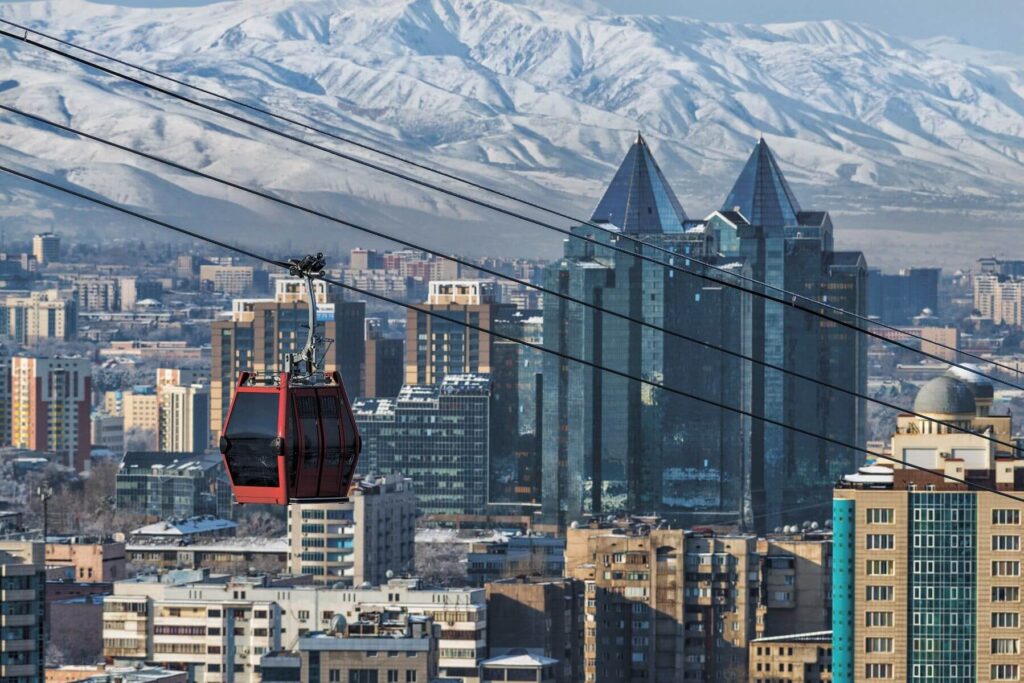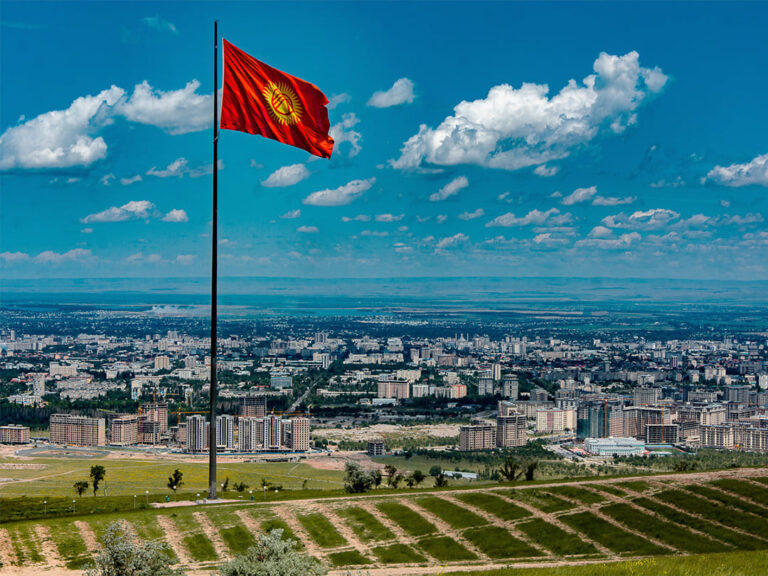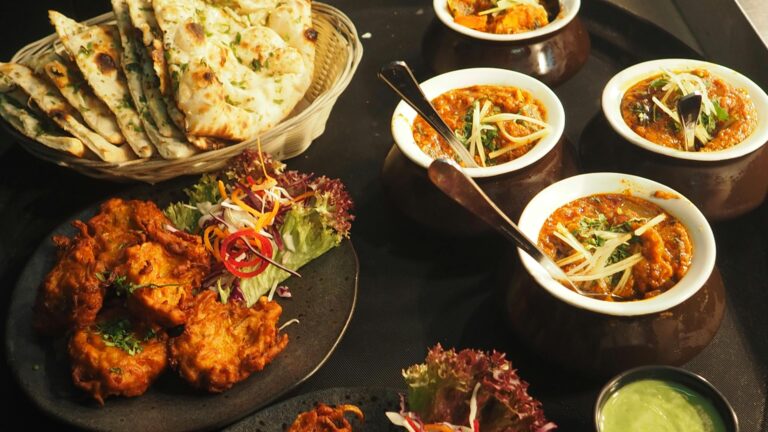The cities of Almaty, Astana (now Nur-Sultan), and Bishkek stand as vibrant hubs of progress and innovation in Central Asia. As capitals and economic powerhouses of Kazakhstan and Kyrgyzstan, these cities are rapidly evolving into modern urban centers while still maintaining a deep connection to their rich cultural heritage. In this post, we will explore how these dynamic cities are blending modernity with tradition, offering a glimpse into the future while honoring the timeless cultures of the region.
Table of Contents
ToggleAlmaty: A Gateway to Tradition and Modernity

Almaty, the largest city in Kazakhstan, is often referred to as the cultural and economic heart of the country. Nestled at the foothills of the majestic Zailiyskiy Alatau mountain range, Almaty combines natural beauty with urban sophistication. The city is a reflection of Kazakhstan’s rapid growth and modernization, boasting towering skyscrapers, luxury hotels, and state-of-the-art shopping malls.
Despite its modern appearance, Almaty has retained a deep sense of tradition. The city is home to numerous cultural landmarks, including museums, theaters, and historical sites that highlight Kazakhstan’s nomadic heritage. One of the most prominent is the Medeu ice skating rink, located in a picturesque valley just outside the city, which offers visitors a taste of both the city’s natural beauty and sporting culture.
Additionally, the Green Bazaar in Almaty is a lively market where local farmers and artisans sell fresh produce, traditional handicrafts, and regional delicacies. Walking through the market provides a sensory experience of Kazakhstan’s agricultural and culinary traditions. It is a place where the old and new coexist, with locals and tourists alike coming together to savor the flavors of Kazakhstan’s past and present.
Astana (Nur-Sultan): The Rise of a New Capital

Astana, now known as Nur-Sultan, was designed to be a futuristic city, and it has certainly lived up to this vision. When the capital of Kazakhstan was moved from Almaty to Astana in 1997, it marked the beginning of a grand architectural and cultural transformation. The city, located in the heart of Kazakhstan, has become a symbol of the country’s ambition, with its cutting-edge skyline, innovative buildings, and world-class infrastructure.
Nur-Sultan’s landmarks include the stunning Bayterek Tower, a symbol of Kazakhstan’s aspirations, and the Palace of Peace and Reconciliation, a pyramid-shaped structure dedicated to interfaith harmony. The city is also home to the Hazret Sultan Mosque, one of the largest mosques in Central Asia, reflecting the country’s Islamic heritage.
Although Nur-Sultan is rapidly modernizing, it does not forget its cultural roots. The National Museum of Kazakhstan showcases the history, art, and traditions of the Kazakh people, offering visitors insight into the nation’s nomadic past. The Ethno-Memorial Complex Atameken is another cultural venue where the diverse regions and peoples of Kazakhstan are celebrated through interactive exhibits, sculptures, and models of the country’s landscapes.
Nur-Sultan’s forward-looking design and rapid growth are balanced by the continued prominence of Kazakhstan’s traditional customs, ensuring that while the city soars into the future, it remains deeply connected to its history.
Bishkek: The Heart of Kyrgyzstan’s Culture and History
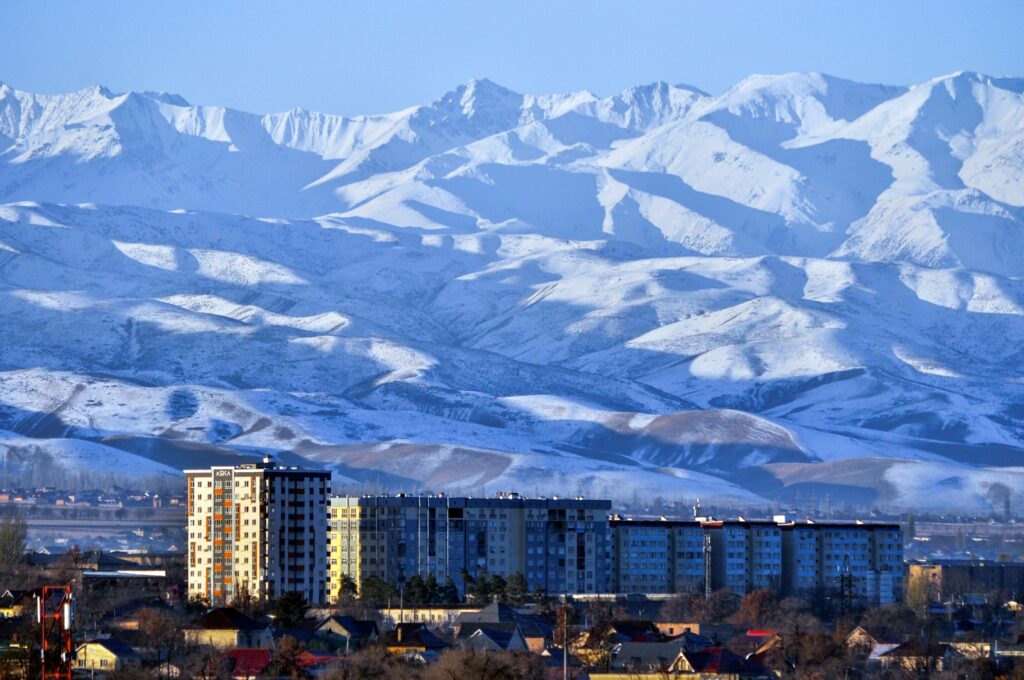
Bishkek, the capital of Kyrgyzstan, is an intriguing blend of Soviet-era architecture, modern development, and rich cultural traditions. Situated at the foot of the Tian Shan mountains, Bishkek offers a picturesque setting alongside its urban development. Unlike other cities in Central Asia, Bishkek is known for its abundance of green spaces, including parks and squares, making it a city where nature and urban life intertwine harmoniously.
The cultural heart of Bishkek is seen through its public monuments, historic buildings, and vibrant arts scene. The Ala-Too Square is the city’s central hub, featuring a large statue of Manas, the legendary hero of Kyrgyzstan’s epic Manas trilogy. The square hosts public events and celebrations, symbolizing the connection between Kyrgyz history and the present.
Bishkek is also a cultural epicenter, with galleries, theaters, and local craft markets that showcase the rich traditions of the Kyrgyz people. The Osh Bazaar, one of the largest markets in the country, is a prime example of Kyrgyz culture in action. Here, visitors can purchase handwoven carpets, traditional felt products, and other handmade goods, all reflecting the country’s long-standing craftsmanship. The market is more than just a place to shop—it’s a living testament to Kyrgyzstan’s agricultural and artisan heritage.
The Changing Faces of Central Asia: More Cities and Traditions
While Almaty, Astana (Nur-Sultan), and Bishkek serve as major urban centers, there are countless other cities in Kazakhstan and Kyrgyzstan that reflect the blend of modernity and tradition in Central Asia. In Kazakhstan, cities like Shymkent and Karaganda are also undergoing rapid development, with new infrastructure projects, shopping centers, and residential areas emerging to meet the demands of an expanding population. However, these cities, too, retain elements of Kazakhstan’s deep cultural identity through local festivals, national parks, and the preservation of traditional crafts.
In Kyrgyzstan, cities like Osh and Jalal-Abad continue to celebrate the country’s diverse ethnic makeup and its agricultural history. The rugged landscapes of these cities offer a stark contrast to the sleek, modern architecture found in Bishkek, yet they still embrace the same timeless traditions, including horse-riding, yurts, and traditional music.
Balancing Tradition with Innovation
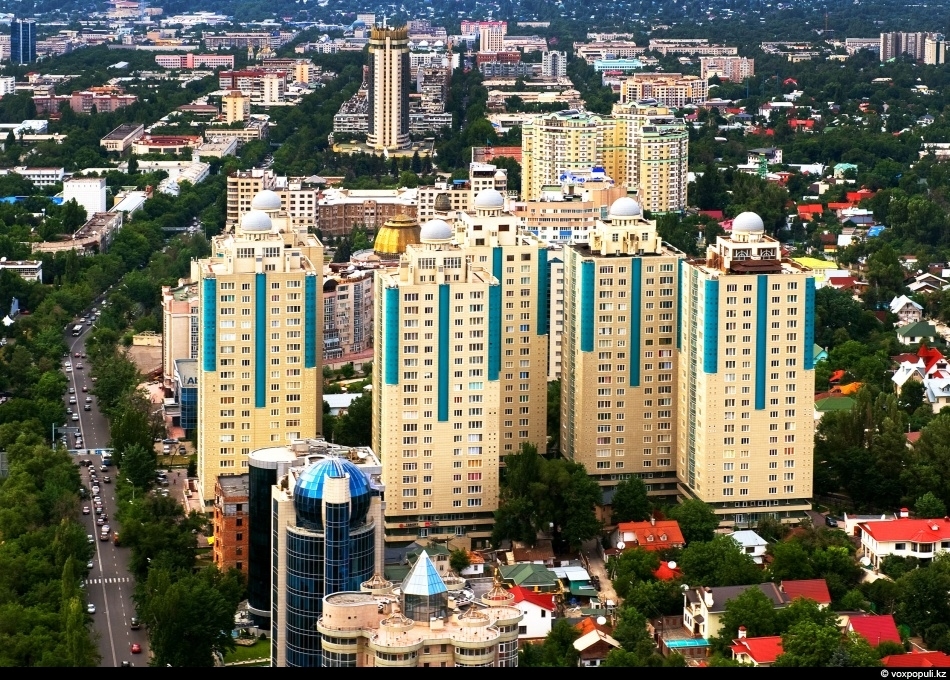
The juxtaposition of modern urban development with the deep-rooted traditions of the nomadic cultures in Kazakhstan and Kyrgyzstan creates a unique cultural landscape. The cities of Almaty, Astana (Nur-Sultan), and Bishkek are at the forefront of this transformation, blending the old with the new to create dynamic, thriving environments where heritage and progress coexist.
This blend of tradition and innovation can be seen in the architecture of these cities—modern skyscrapers alongside historic mosques and traditional markets—and in the cultural events that highlight both the countries’ Soviet past and nomadic traditions. In Kazakhstan and Kyrgyzstan, the rich cultural heritage of the past is not being erased but rather embraced, adapted, and celebrated as part of a rapidly changing world.
Conclusion
Almaty, Astana (Nur-Sultan), Bishkek, and other cities in Kazakhstan and Kyrgyzstan are living examples of how modernity and tradition can coexist and even enhance one another. As these cities continue to grow and evolve, they offer a glimpse into the future of Central Asia, where innovation and cultural preservation work hand in hand to create vibrant, dynamic communities. .

